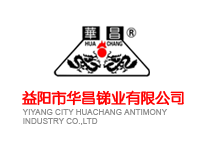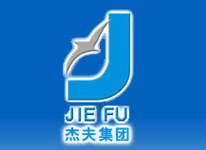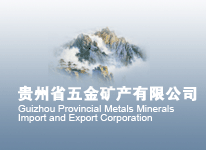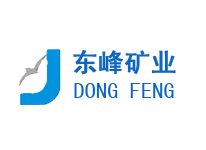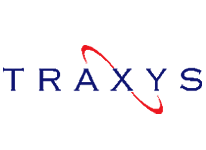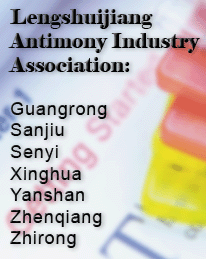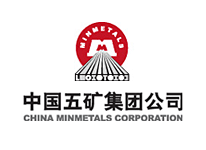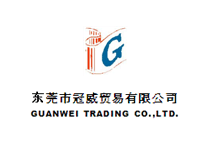Host
Sponsor
Support Unit
- Content
- According to China Customs data, China seldom imported antimony ore before 2007, but the YOY growth of antimony ore import has been 2.69%, 28.01%, 87.79% and 29.40% since 2007. As China became more dependent on antimony ore imports, production costs of antimony products increased. How should producers deal with falling profit margins? Is it cost effective for many Chinese antimony producers to upgrade production facilities?
- According to China customs data, YOY growth of China’s antimony ore import has been 2.69%, 28.01%, 87.79% and 29.40% since 2007, which indicated that China became more dependent on antimony ore import and that it has been profitable for foreign miners to exploit antimony ore since antimony prices rose in 2010. Importing antimony ore meant higher costs to producers of antimony products, but weak demand for downstream products could not support prices to go up. Profits of producers were squeezed. How should producers deal with shrinking profits? Is it effective to upgrade production technology and should they consider developing additional antimony derivatives?
- China customs began to crack down on antimony ingot smuggling since early February, 2012, which was called “State Shield”. This has been implemented for over a year, but what has been the result?
- China customs began to crack down on antimony ingot smuggling since early February, 2012, which was called “State Shield”. The action has been implemented for over one year, what is the result? Will it stimulate legal export of antimony ingot?Smuggling of silicon, magnesium and manganese was also very rampant in previous years, but it disappeared by itself when China cancelled export tariffs imposed on these resources on January 1st, 2013. Dose it bring indication on fighting against antimony ingot smuggling? Will China remove export tariff imposed on antimony ingot?
- Substitutes of antimony trioxide became popular with consumers as antimony prices rose sharply in 2010. How is the utilization of these substitutes? How will they threaten demand for antimony trioxide?
- China normalized antimony ingot smelting plants in Lengshuijiang area, Hunan province, the so-called “antimony capital”, in March, 2010, which caused noticeable reduction in capacity of the region and continuous price hike. Downstream consumers could not accept surging costs and turned to substitutes. During 2011 and 2012, such substitutes as aluminum hydroxide, magnesium hydroxide, zinc borate, phosphorus and brominated flame retardant were used to substitute antimony trioxide. However,which industries can use substitutes and which cannot? How will utilization of substitutes impact antimony trioxide market?
- Many other countries begin to exploit antimony mines and build smelting plants and began production of smelting plants, with Tri-star Resources a prime example. How will this impact on the antimony market? Is the antimony market moving away from China’s past dominance?
- Seeing rising antimony prices, many countries began to exploit or reopen antimony mines and build smelting plants. Antimony output out of China increased. What will happen to antimony supply pattern in the world? As antimony resources begin to dry up, China imports more antimony ore year by year and the production cost has been increasing. What are the cost advantages of Chinese-origin antimony products in comparison with foreign materials? Will China retain dominance in the global antimony market in the coming years?

